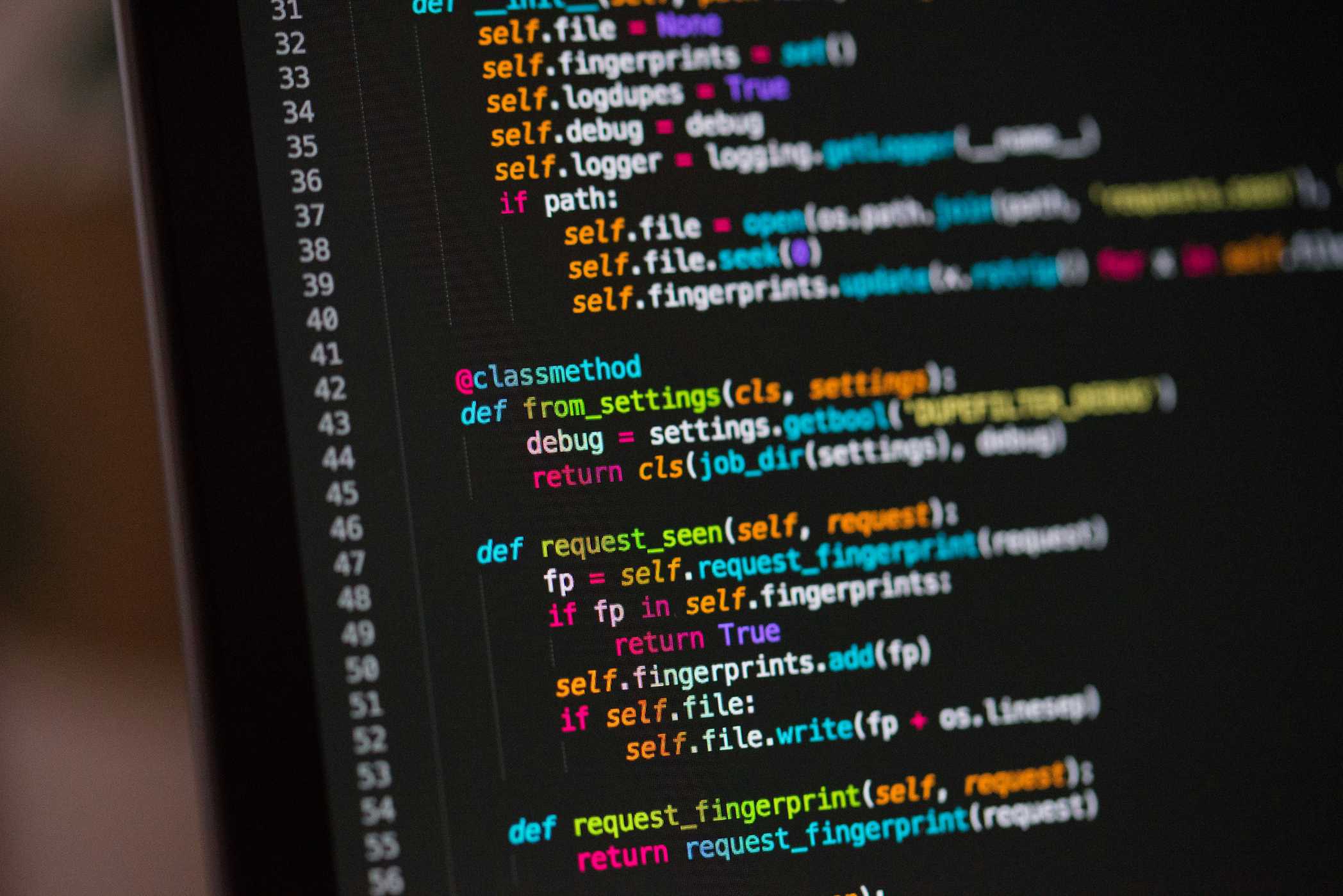Blockchain Based Certificate Verification Systems
An exploration of how blockchain technology can be used to create tamper-proof and instantly verifiable systems for academic and professional certificates.

In a world where credentials matter, the process of verifying them is often surprisingly archaic. Confirming a university degree, a professional certification, or an employee's training record can involve phone calls, emails, and manual checks that are slow, costly, and prone to fraud. Blockchain technology offers a powerful solution to this problem by creating a decentralized, tamper-proof, and instantly verifiable system for issuing and validating certificates.
This is a key use case for Decentralized Identity (DID) and Verifiable Credentials (VCs), creating a new paradigm for how we manage and prove our qualifications in the digital age.
The Problem with Traditional Certificates
- Paper Certificates: Easily forged, damaged, or lost. Verification is a slow, manual process of contacting the issuing institution.
- Centralized Digital Databases: While better, these are still siloed. An employer can't easily verify a degree from a university's private database. The institution remains a bottleneck, and the data is vulnerable to hacks.
The Blockchain Solution: Verifiable Credentials
A blockchain-based system flips the model by putting the user in control of their own, cryptographically secured credentials.
How it Works:
-
Issuance: An institution (like a university or a professional body) issues a certificate as a Verifiable Credential (VC). This is a digital document containing the details of the credential (e.g., degree name, date issued), which is then cryptographically signed by the institution with their private key. The VC is sent to the recipient's personal crypto wallet.
-
Storage: The individual now holds their own credentials in their wallet. They have full control over who can see them.
-
Verification: When the individual needs to prove their credential to a third party (like an employer), they can present the VC. The verifier can then instantly and automatically:
- Check the cryptographic signature on the VC to ensure it's authentic and hasn't been tampered with.
- Verify that the signature belongs to the public key of the trusted issuer (the university), often by checking a public on-chain registry.
- Confirm that the credential has not been revoked by the issuer.
This entire process can happen in seconds, without the verifier needing to contact the issuing institution at all.
Key Advantages
- Tamper-Proof: The cryptographic signatures and the immutable nature of the blockchain make the credentials impossible to forge.
- Instant Verification: Verification is automated and instant, saving time and administrative costs for employers, universities, and individuals.
- User-Centric Control: The individual owns and controls their own credentials, enhancing privacy and data sovereignty.
- Interoperability: Because it's based on open standards, a VC issued by a university in one country can be instantly verified by an employer in another.
Real-World Adoption
While still an emerging field, blockchain-based certificate verification is gaining traction.
- Academic Credentials: Universities like MIT have been pioneers in issuing digital diplomas on the blockchain.
- Professional Training: Companies are using blockchain to issue verifiable certificates for employee training and professional development.
- Government and NGOs: The technology is being explored for everything from digital passports to refugee identity systems.
Blockchain-based verification systems represent a fundamental upgrade to how we manage our most important credentials. By creating a secure, transparent, and user-controlled system, they are building a more trustworthy foundation for our educational and professional lives.
Frequently Asked Questions
1. What is a Verifiable Credential (VC)?
A VC is a standardized digital format for a credential (like a diploma or license) that is cryptographically signed by the issuer. This makes it tamper-proof and instantly verifiable. Learn more in our guide to Verifiable Credentials.
2. How does blockchain prevent fake certificates?
The certificate is digitally signed by the issuer (e.g., a university) using their private key. A verifier can use the issuer's public key to confirm that the signature is authentic and that the document has not been altered. The immutability of the blockchain provides a secure record of issuance.
3. Who owns the digital certificate?
The individual owns and controls their own digital certificates, which are stored in their personal crypto wallet. This is a core principle of Decentralized Identity (DID).
4. Do I need to be a developer to work in this field?
No. While smart contract developers are needed to build the systems, there is also a high demand for product managers, business development professionals who can partner with universities and employers, and legal experts who can navigate the legal implications of digital identity.
5. Where is this technology being used today?
MIT was a pioneer in issuing blockchain-based digital diplomas. Various startups and companies are also building platforms for professional certifications and employee training credentials.